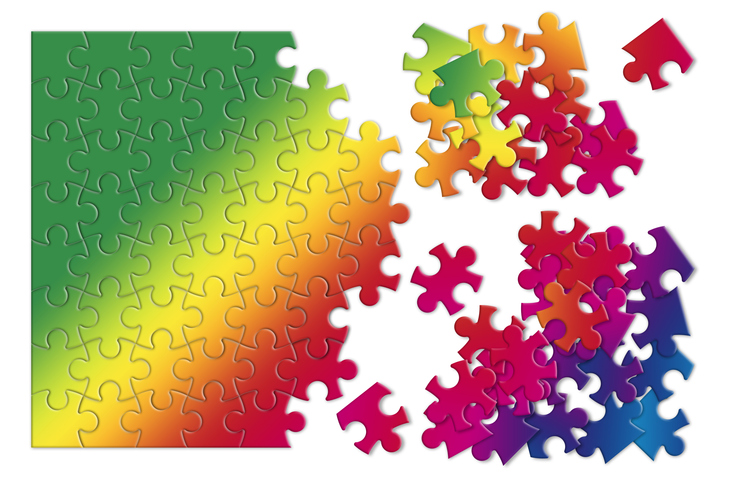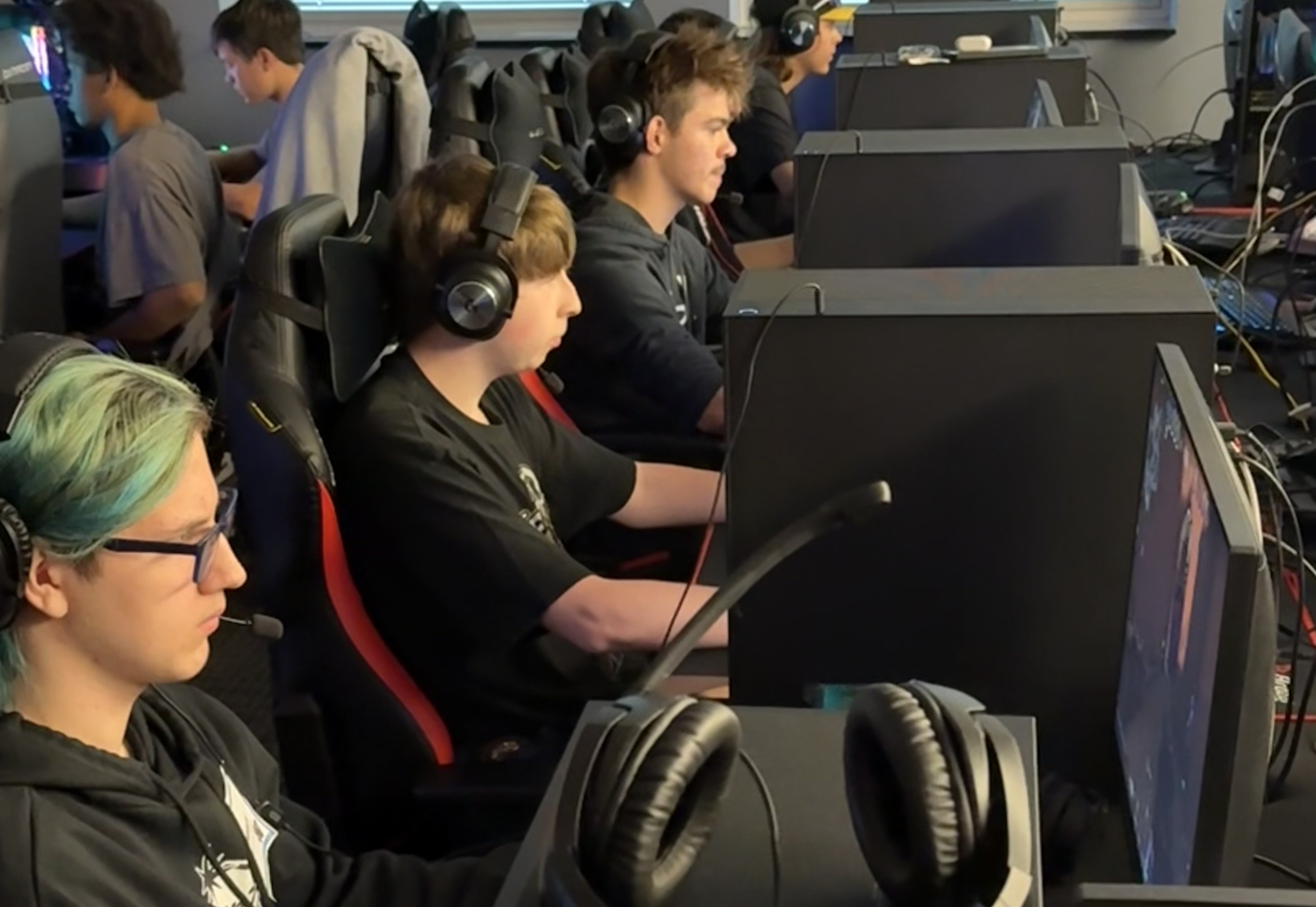Accommodating Neurodiversity In The Classroom and Beyond
When it comes to preparing our education system for neurodiverse students, the level of involvement can vary and might not always produce the intended results.

When it comes to preparing our education system for neurodiverse students, the level of involvement can vary and might not always produce the intended results.
Courtney Teague, Deputy Director of Internal Professional Learning & Coaching and Chief Culture Officer for CLT & Associates, discusses the importance of identifying neurodiversity in the classroom and preparing neurodiverse students for a successful future.
Teague will be a presenter at Tech & Learning’s upcoming EdExec Summit, the three-day networking conference dedicated to the business of education taking place Sep 11-13 at the Chateau Elan Winery & Resort outside of Atlanta. She will be presenting “Reaching All Learners: Neurodiversity, Accessibility and Access for All.”
Preparing a System that Caters to Neurodiversity
Our neurodiverse student population deserves to have proper representation in order to accurately prepare them for a successful future. Recently, we have become more sensitive to children’s needs and challenges, but we can always do more to help everyone navigate neurodiversity.
“We know that with neurodiversity, if you’re working with someone that may have ADHD or somebody that has another exceptionality, they may need certain accommodations,” says Teague. “Do you offer those accommodations for them? For example, I have ADHD. I am high energy in the morning, but if you force me to sit in meetings all morning and then in the afternoon you tell me I need to work and produce a product, you’re actually going to lose money because it’s going to take me longer in the evening to get that product produced than it would have in the morning when my energy was high.”
Recognizing how neurodiversity presents itself can help to create more effective accommodations.
“When we think about our systems and how we set up for programs and projects, are we responsive to that?” says Teague. “If you have someone that may have autism, they might not be able to be in a space with all of their teammates at that moment. They might need time to settle in. When I’m thinking about the school teachers, thinking about people that work in a district office, do they offer choice and flexibility? Or do you push everyone into a room and say, ‘We all have to sit in this room together’?
Tools and ideas to transform education. Sign up below.
Offering choice is one of the best ways to have students feel comfortable and welcomed in a classroom. It might seem like a natural thing to do, but in some cases there might need to be a heightened sense of preparedness to make sure teachers are ready for their students.
Making Sure Neurodiverse Hires Are Catered To As Well
Young people who see themselves in those they look up may adopt those individuals as role models, so having neurodiverse teachers is critical. But how do we ensure we’re making an environment that gives neurodiverse teachers the best opportunity to be successful? Teague suggests that embracing a partnership approach between administrators and neurodiverse teachers should be the goal.
“As the leader, the administrator, or the superintendent, we’re asking what you need to be successful,” says Teague. “Let’s see if what you need is what we are able to provide and it’s not disrupting the system.”
It’s also critical to have inclusive hiring practices in place, as well as other support. “Let’s make sure the people that are in the space doing the work have the professional development and implementation support needed around neurodiversity so they are aware and making that environment supportive,” says Teague.
Making inclusive policies for neurodiverse hires can create a trickle-down effect for teachers and students.
“When we think about how our students who have diverse learning needs, we want teachers to differentiate,” Teague says. “We want teachers to personalize learning. Why not keep that same practice at the district level? So now, you have a greater impact because teachers are able to develop empathy because they’re receiving it from the district. This means when it’s time for them to do it in the classroom, there’s a culture of support.”
Can AI Play a Part in Supporting Neurodiversity?
With the boom in artificial intelligence, more companies are leveraging the technology to create ways teachers can connect with students. But is it really as simple as adding a program to a classroom environment to cater to students with neurodiverse needs?
“For myself, I can leverage AI when I support my coaching clients and do training,” Teague says. “I know how to develop plans utilizing prompts with AI. When we think about AI, there are different types. Think about behavior tracking that helps relationship building, where if you know that you have a student with a diverse need and certain triggers, you can utilize AI to track that. So, as a teacher, I may spend a little more time with a student if AI realizes a change in his behavior patterns. But in order to leverage AI, you have to also understand how to make data-informed decisions. There are some competencies that you need. Digital literacy is one, but you need to know the basics of classroom management, data-informed decision-making, and relationship-building.”
Preparing neurodiverse classrooms for success can be done in many ways. Getting involved at the leadership level can be the most impactful way as it creates a culture of inclusion for a district or a school. This helps teachers, and their students, and prepares them for a positive professional life.
Related:

Michael Millington is a senior staff writer for Tech & Learning. A writer and editor with over a decade of experience, his focus on bringing actionable information to those in need is the driving force behind his work. When not researching new advancements in technology, Michael likes to practice his Italian and train his dog Cyril.
